Home>Gardening & Outdoor>Landscaping Ideas>How To Plant Summer Grass In Arizona
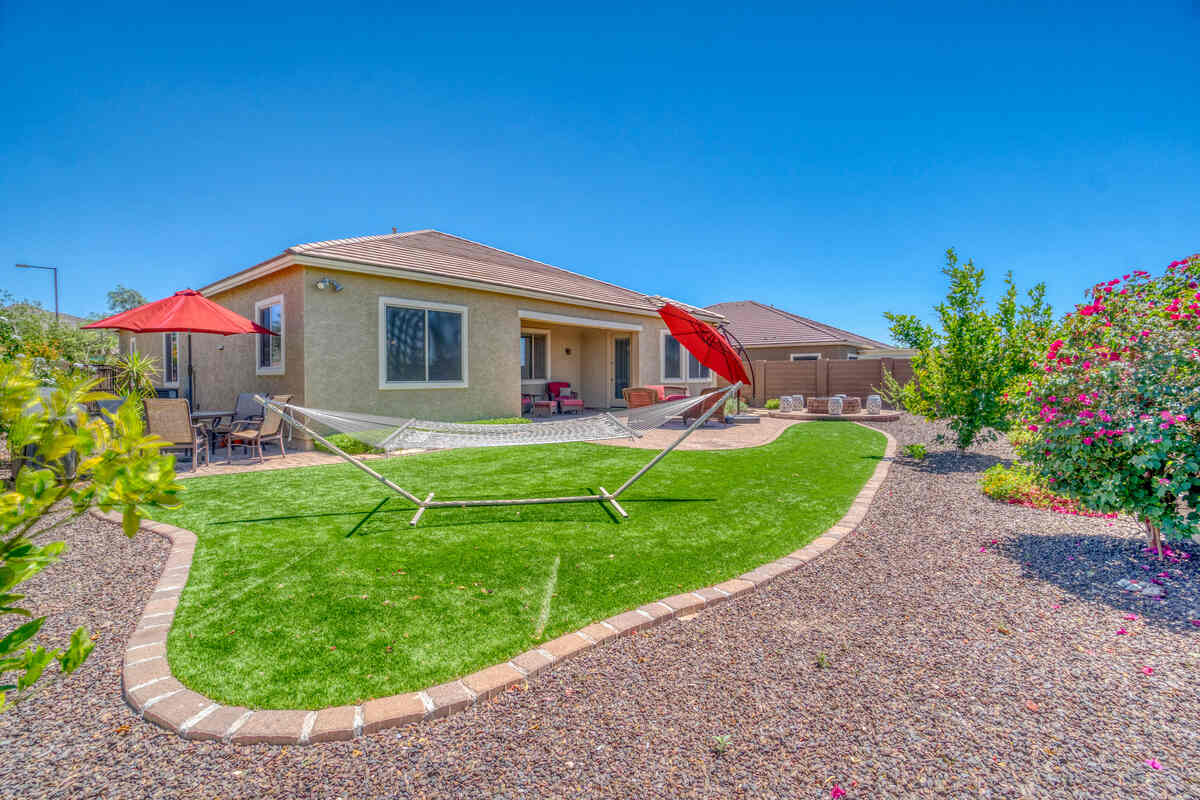

Landscaping Ideas
How To Plant Summer Grass In Arizona
Modified: September 2, 2024
Learn expert landscaping ideas for planting summer grass in Arizona. Discover the best techniques and tips for a lush, vibrant lawn.
(Many of the links in this article redirect to a specific reviewed product. Your purchase of these products through affiliate links helps to generate commission for Storables.com, at no extra cost. Learn more)
Introduction
So, you've decided to transform your Arizona landscape into a vibrant oasis by planting summer grass. Congratulations on taking the first step toward creating a lush, inviting outdoor space! With the scorching temperatures and arid conditions that characterize Arizona's climate, selecting and cultivating the right type of grass is essential for a successful lawn. In this comprehensive guide, we'll delve into the intricacies of planting summer grass in Arizona, offering valuable insights and expert tips to help you achieve a thriving, verdant lawn that can withstand the challenges of the desert environment.
Whether you're a seasoned gardener or a novice enthusiast, this article will equip you with the knowledge and techniques needed to cultivate a resilient and visually stunning lawn. From understanding the unique climate of Arizona to selecting the most suitable grass variety and implementing effective planting and maintenance strategies, we've got you covered. By the end of this guide, you'll be well-prepared to embark on your summer grass planting journey, empowered with the expertise to create an outdoor haven that flourishes in the Arizona sun.
Buckle up, as we venture into the realm of landscaping in the Grand Canyon State, where we'll explore the nuances of nurturing summer grass amidst the desert's unforgiving heat. Let's dive in and unearth the secrets to cultivating a vibrant, enduring lawn that will be the envy of your neighborhood.
Key Takeaways:
- Choose heat-tolerant grass like Bermuda or Zoysia for Arizona’s scorching summers. Prepare soil with compost, aerate, and level for successful planting.
- Maintain your Arizona lawn by deep watering, mowing, and controlling pests. Address heat stress, diseases, and soil compaction for a thriving landscape.
Read more: When To Plant Summer Grass In Arizona
Understanding the Arizona Climate
Before delving into the specifics of planting summer grass, it’s crucial to grasp the unique climate that characterizes Arizona. Known for its sweltering summers and relatively mild winters, Arizona experiences a desert climate in the southern and central regions, while the northern areas exhibit a semiarid climate. With an average of 300 days of sunshine annually, Arizona’s climate poses distinct challenges for cultivating and maintaining a healthy lawn.
The scorching summer temperatures in Arizona can soar well above 100°F (37.8°C), subjecting landscapes to intense heat and prolonged periods of drought. Additionally, the arid conditions and low humidity levels contribute to rapid moisture evaporation, creating an environment that demands resilient and drought-tolerant grass species.
Furthermore, the soil composition across Arizona varies widely, with many regions featuring alkaline soils that pose additional obstacles for plant growth. Understanding these environmental factors is pivotal in selecting the most suitable grass variety and implementing effective maintenance practices to ensure the longevity and vitality of your lawn.
By comprehending the nuances of Arizona’s climate, you can make informed decisions regarding soil preparation, irrigation methods, and grass species selection. This knowledge will empower you to create a landscape that not only survives but thrives in the face of the desert’s formidable conditions.
As we proceed, we’ll explore the diverse grass options that are well-suited to Arizona’s climate, equipping you with the insights needed to make informed choices for your summer grass planting endeavor.
Choosing the Right Grass for Arizona Summers
When it comes to selecting the ideal grass for Arizona’s scorching summers, prioritizing heat tolerance, drought resistance, and adaptability to arid conditions is paramount. Several warm-season grass varieties thrive in Arizona’s climate, offering an array of options to suit your specific landscaping needs.
Bermuda Grass: Renowned for its exceptional heat tolerance and rapid growth, Bermuda grass is a popular choice for Arizona landscapes. Its ability to withstand high temperatures and arid conditions makes it well-suited for the state’s climate. Additionally, Bermuda grass exhibits excellent resilience to foot traffic, making it an ideal option for lawns that accommodate frequent recreational activities.
Zoysia Grass: With its remarkable drought resistance and low water requirements, Zoysia grass is a compelling choice for Arizona’s arid environment. This grass variety thrives in hot climates and exhibits robust heat tolerance, enabling it to maintain its lush, green appearance during the sweltering summer months.
Buffalo Grass: Recognized for its exceptional drought tolerance and minimal water needs, Buffalo grass is well-adapted to Arizona’s arid conditions. Its low maintenance requirements and ability to thrive in poor soil make it an attractive option for homeowners seeking a resilient and environmentally friendly grass variety.
Celebration Bermuda Grass: This hybrid Bermuda grass variety offers superior heat tolerance and rapid regrowth, making it an excellent choice for Arizona’s demanding climate. Its dense, vibrant green turf and resilience in the face of high temperatures make it a sought-after option for homeowners and landscapers alike.
By carefully considering the unique attributes of each grass variety, you can make an informed decision based on your specific preferences, maintenance capabilities, and landscaping goals. Whether you prioritize drought resistance, heat tolerance, or minimal maintenance, there’s a grass variety perfectly suited to meet your requirements and thrive in Arizona’s challenging summer conditions.
Next, we’ll delve into the essential steps for preparing your soil to create an optimal environment for your chosen summer grass variety.
Preparing Your Soil for Planting
Creating a conducive environment for your chosen summer grass variety begins with thorough soil preparation. Given the arid conditions and alkaline soils prevalent in Arizona, preparing the ground for planting is a critical step in ensuring the long-term health and vitality of your lawn.
Soil Testing: Before initiating any soil preparation measures, conducting a comprehensive soil test is essential. This analysis provides valuable insights into the pH levels, nutrient composition, and soil structure, enabling you to make informed decisions regarding soil amendments and fertilization. Soil testing kits are readily available at local gardening centers or through professional landscaping services, offering a convenient means to assess the specific needs of your soil.
Soil Amendment: Alkaline soils, commonly found in Arizona, may require amendment to optimize the growing conditions for your summer grass. Incorporating organic matter, such as compost or well-rotted manure, can enhance soil structure, promote moisture retention, and improve nutrient availability. Additionally, the introduction of elemental sulfur can help lower the soil’s pH levels, creating a more hospitable environment for certain grass species.
Compaction Relief: Addressing soil compaction is crucial for promoting healthy root development and ensuring adequate water infiltration. Aerating the soil prior to planting summer grass facilitates improved air circulation, water absorption, and nutrient uptake, fostering an optimal foundation for robust lawn growth. Core aerators or spike aerators are commonly utilized to alleviate soil compaction, enhancing the overall health of the turf.
Leveling and Grading: Achieving a uniform and level surface is essential for promoting even grass growth and efficient water distribution. Properly grading the soil to prevent water pooling and ensuring a smooth, consistent terrain sets the stage for successful grass establishment and facilitates effective irrigation practices.
By meticulously preparing the soil to address its specific requirements and challenges, you lay the groundwork for a thriving and resilient lawn that can withstand the rigors of Arizona’s climate. With the soil primed for optimal grass growth, you’re now ready to embark on the next phase: planting your selected summer grass variety.
Water your summer grass in Arizona deeply and infrequently to encourage deep root growth and drought tolerance. Consider using warm-season grass varieties like Bermuda or Zoysia for better heat tolerance.
Planting Your Summer Grass
As you embark on the exciting journey of planting summer grass in Arizona, meticulous attention to detail and adherence to best practices are essential for ensuring successful establishment and long-term vitality. Whether you opt for sod, plugs, or seeds, the following guidelines will equip you with the knowledge and techniques needed to achieve a lush, resilient lawn that thrives in the desert climate.
Timing: Selecting the optimal time for planting your chosen summer grass variety is crucial for promoting successful germination and establishment. In Arizona, the recommended timeframe for planting warm-season grasses typically spans from late spring to early summer, allowing the grass to take root and flourish before the peak of the scorching summer heat.
Soil Preparation: Prior to planting, ensure that the soil has been adequately prepared in accordance with the specific requirements of your chosen grass variety. Addressing soil compaction, amending alkaline soils, and achieving a level, well-graded surface sets the stage for favorable conditions for grass establishment.
Sod Installation: If you opt for sod, carefully lay the strips of turf in a staggered pattern, ensuring tight seams and minimal gaps between the pieces. Roll the sod to eliminate air pockets and promote strong root-to-soil contact, facilitating efficient water uptake and rapid establishment.
Plug Planting: When planting grass plugs, space them evenly across the prepared soil, ensuring that they are firmly pressed into the ground. Adequate spacing allows for healthy expansion and coverage, ultimately yielding a dense and uniform lawn.
Seeding Techniques: If seeding your lawn, distribute the grass seed evenly across the prepared soil, taking care to cover the seeds with a thin layer of soil or mulch to promote moisture retention and protect them from birds or wind displacement. Adequate watering is crucial for facilitating germination and supporting robust seedling growth.
Watering: Following planting, provide ample irrigation to promote initial root establishment and mitigate transplant shock. Gradually taper the watering frequency as the grass becomes established, transitioning to a consistent watering schedule that aligns with the specific needs of your chosen grass variety.
By meticulously adhering to the recommended planting practices and providing attentive care in the initial stages of grass establishment, you lay the foundation for a thriving and visually captivating lawn that enhances your outdoor space and withstands the challenges of Arizona’s summer climate.
Read more: When To Plant Grass In Arizona
Watering and Maintenance Tips
Effective watering and diligent maintenance practices are integral to nurturing a vibrant and enduring lawn in Arizona’s challenging climate. By implementing strategic irrigation techniques and adhering to a tailored maintenance regimen, you can foster the health and resilience of your summer grass, ensuring its ability to thrive amidst the desert’s formidable conditions.
Irrigation: Given Arizona’s arid environment, strategic watering is essential for sustaining healthy grass growth. Utilize an efficient irrigation system, such as drip irrigation or low-angle sprinklers, to minimize water loss through evaporation and ensure targeted water delivery to the root zone. Adjust the watering schedule based on the specific requirements of your grass variety, taking into account factors such as soil composition, sun exposure, and seasonal fluctuations in temperature.
Deep Watering: Encourage robust root development by implementing deep watering practices, which promote downward root growth and enhance the grass’s ability to access moisture during periods of drought. Water the lawn to a depth of 6 to 8 inches, allowing the soil to partially dry out between irrigation cycles to prevent waterlogged conditions and promote a healthy balance of air and moisture in the root zone.
Maintenance: Regular maintenance tasks, including mowing, fertilization, and weed control, play a pivotal role in preserving the health and aesthetic appeal of your summer grass. Adhere to the recommended mowing height for your grass variety, ensuring that the blades are sharpened to achieve clean cuts that minimize stress on the turf. Additionally, implement a tailored fertilization regimen to replenish essential nutrients and sustain vigorous grass growth, taking care to select fertilizers that align with the specific needs of your chosen grass species.
Weed Management: Vigilant weed control is essential for preventing invasive species from encroaching on your lawn and competing with the grass for essential resources. Implement targeted weed management strategies, such as manual removal or the application of selective herbicides, to combat weeds while safeguarding the health of your summer grass.
Aeration and Overseeding: Periodic aeration and overseeding can rejuvenate the lawn, alleviate soil compaction, and introduce new grass seed to promote denser turf coverage. These practices enhance the grass’s resilience and vitality, revitalizing the lawn and fortifying it against the challenges posed by Arizona’s climate.
By integrating strategic watering practices and a comprehensive maintenance routine into your lawn care regimen, you can cultivate a resilient and visually captivating landscape that thrives in Arizona’s demanding climate. With attentive care and informed stewardship, your summer grass will flourish, enriching your outdoor space with its lush, verdant allure.
Dealing with Common Issues
While cultivating a thriving lawn in Arizona’s climate is undoubtedly rewarding, it’s important to be prepared to address common challenges that may arise during the maintenance of your summer grass. By familiarizing yourself with potential issues and implementing proactive solutions, you can safeguard the health and vitality of your lawn, ensuring that it remains resilient in the face of environmental stressors.
Heat Stress: Arizona’s scorching temperatures can subject grass to heat stress, manifesting as discoloration, wilting, or diminished growth. Mitigate heat stress by providing adequate irrigation, implementing deep watering practices, and avoiding excessive nitrogen fertilization, which can exacerbate the grass’s susceptibility to heat-related damage.
Disease Management: Fungal diseases, such as brown patch or dollar spot, can pose a threat to the health of your summer grass, particularly during periods of high humidity. Implement cultural practices, such as promoting adequate air circulation and avoiding overwatering, to minimize the risk of fungal infestations. Additionally, utilize fungicidal treatments when necessary to combat active disease outbreaks and preserve the integrity of the lawn.
Pest Control: Insect pests, including grubs, armyworms, and billbugs, can inflict damage on your lawn, compromising its health and aesthetic appeal. Monitor the turf for signs of pest activity, such as irregular brown patches or excessive thatch accumulation, and implement targeted pest control measures to mitigate infestations. Utilize insecticidal treatments judiciously, taking care to select products that effectively target the specific pests while minimizing impact on beneficial organisms.
Soil Compaction: Soil compaction can impede healthy root growth and hinder water infiltration, compromising the overall vigor of the grass. Address soil compaction through regular aeration, which alleviates compacted soil and promotes optimal air and water movement within the root zone. By mitigating soil compaction, you facilitate robust root development and enhance the grass’s ability to withstand environmental stressors.
Weed Encroachment: Vigilant weed management is essential for preventing invasive species from encroaching on your lawn and competing with the grass for essential resources. Implement proactive weed control measures, such as pre-emergent herbicide applications and manual removal, to curtail weed proliferation and preserve the health and uniformity of the turf.
By remaining attentive to the potential challenges that may impact the health and appearance of your summer grass, you can proactively address these issues and maintain a resilient, visually captivating lawn that flourishes in Arizona’s demanding climate. With informed stewardship and diligent care, your lawn will continue to thrive, enriching your outdoor space with its enduring beauty.
Conclusion
Embarking on the endeavor of planting summer grass in Arizona is a testament to your commitment to creating a vibrant and enduring outdoor oasis. By navigating the nuances of Arizona’s climate, selecting the most suitable grass variety, and implementing effective planting and maintenance practices, you have embarked on a journey toward cultivating a resilient and visually captivating lawn that defies the challenges of the desert environment.
As you navigate the intricacies of landscaping in Arizona, remember that the success of your lawn hinges on a harmonious blend of informed decision-making and attentive care. By understanding the unique demands of Arizona’s climate and tailoring your lawn care practices to align with these requirements, you can foster a landscape that not only survives but thrives amidst the desert’s formidable conditions.
Armed with the knowledge and insights garnered from this comprehensive guide, you are well-equipped to navigate the complexities of planting and maintaining summer grass in Arizona. From soil preparation and grass selection to strategic watering techniques and proactive issue management, you possess the expertise to curate a lawn that stands as a testament to your dedication and stewardship.
As you witness your summer grass flourishing under the Arizona sun, take pride in the transformation of your outdoor space into a verdant haven that beckons with its lush allure. Whether it’s the resilient expanse of Bermuda grass, the drought-tolerant charm of Zoysia grass, or the hardy allure of Buffalo grass, your chosen variety will serve as a testament to your commitment to creating a landscape that thrives in the face of adversity.
In closing, may your summer grass serve as a testament to the enduring beauty and resilience that can be cultivated amidst Arizona’s challenging climate. With each blade of grass, may your outdoor space be transformed into a sanctuary of natural splendor, inviting moments of tranquility and delight amidst the desert’s unforgiving heat. As you continue to nurture and steward your landscape, may your summer grass stand as a testament to the transformative power of dedicated care and informed stewardship.
Frequently Asked Questions about How To Plant Summer Grass In Arizona
Was this page helpful?
At Storables.com, we guarantee accurate and reliable information. Our content, validated by Expert Board Contributors, is crafted following stringent Editorial Policies. We're committed to providing you with well-researched, expert-backed insights for all your informational needs.

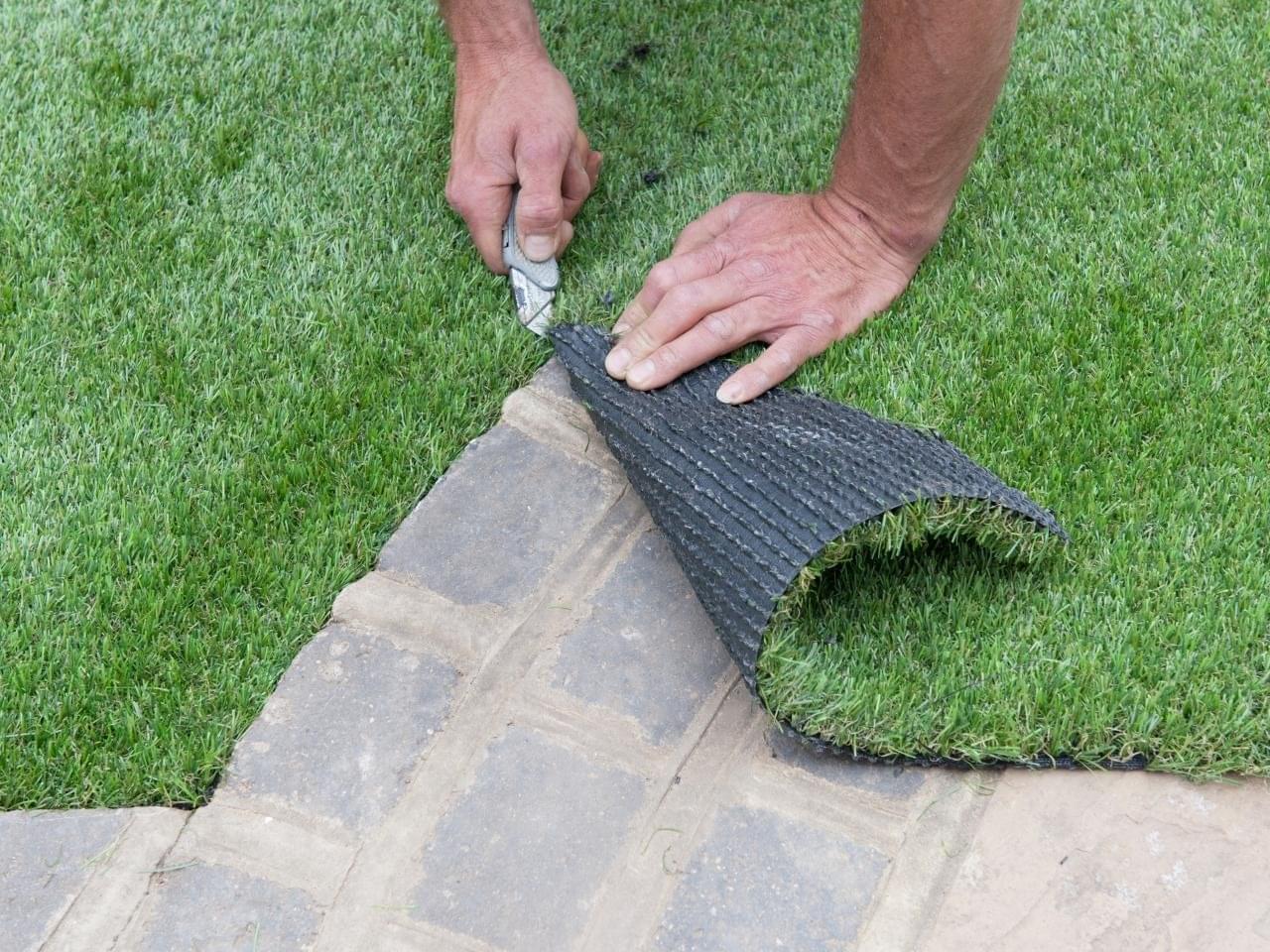

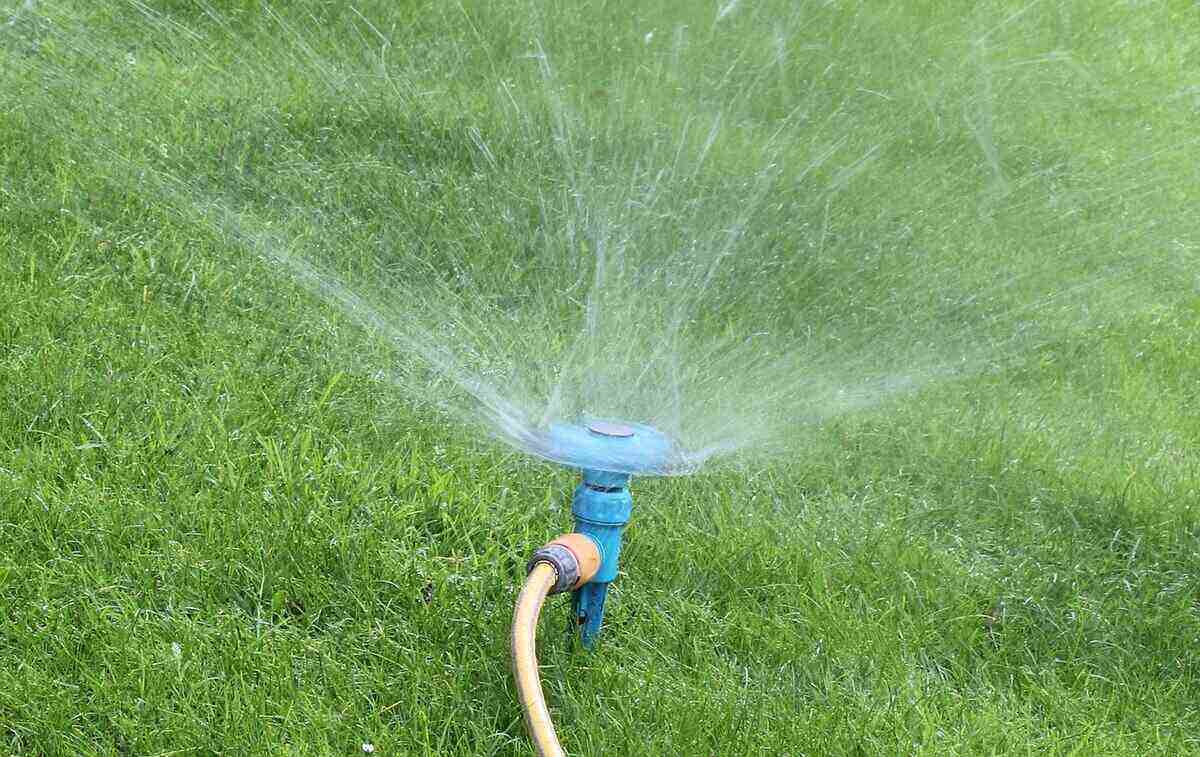

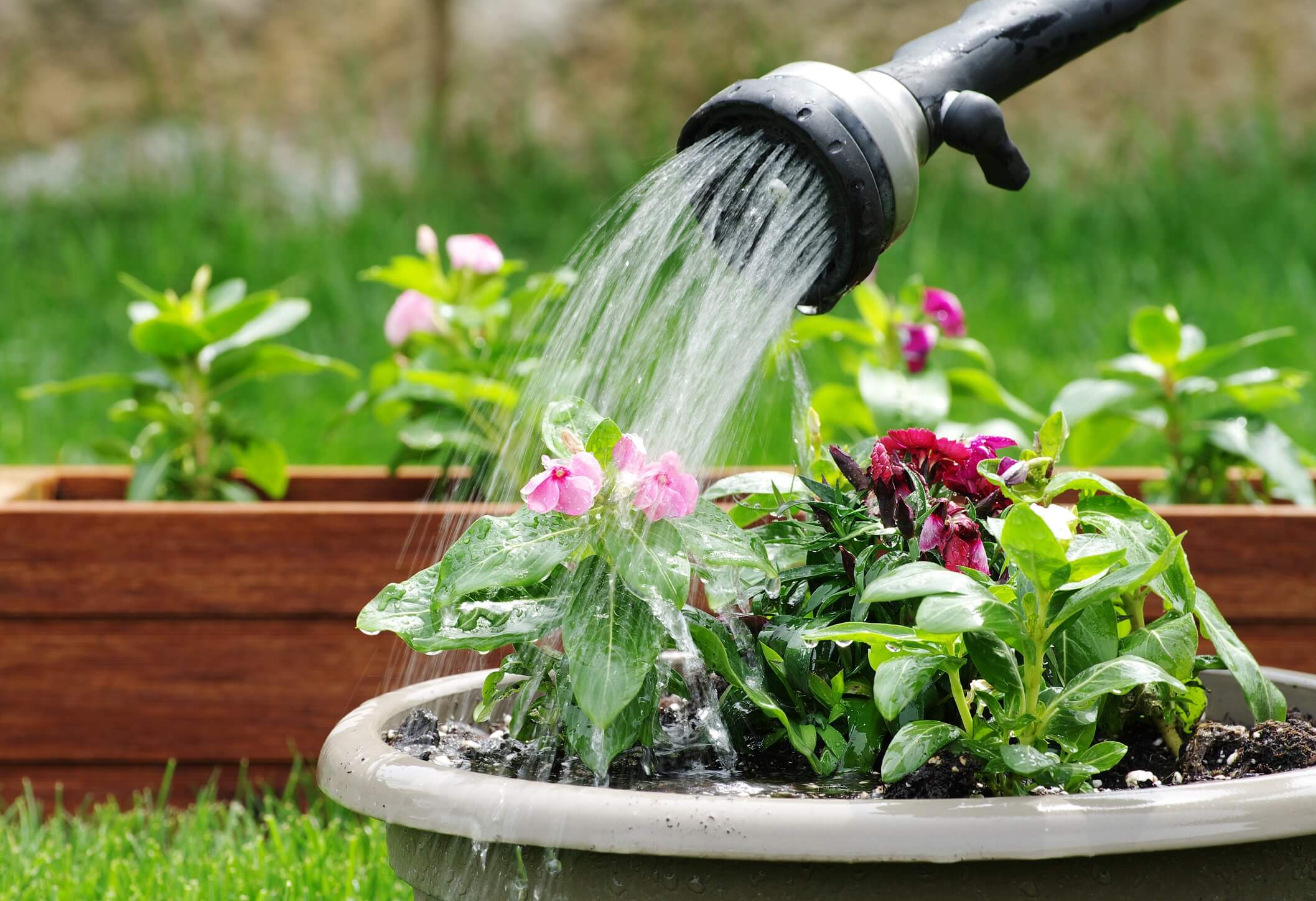
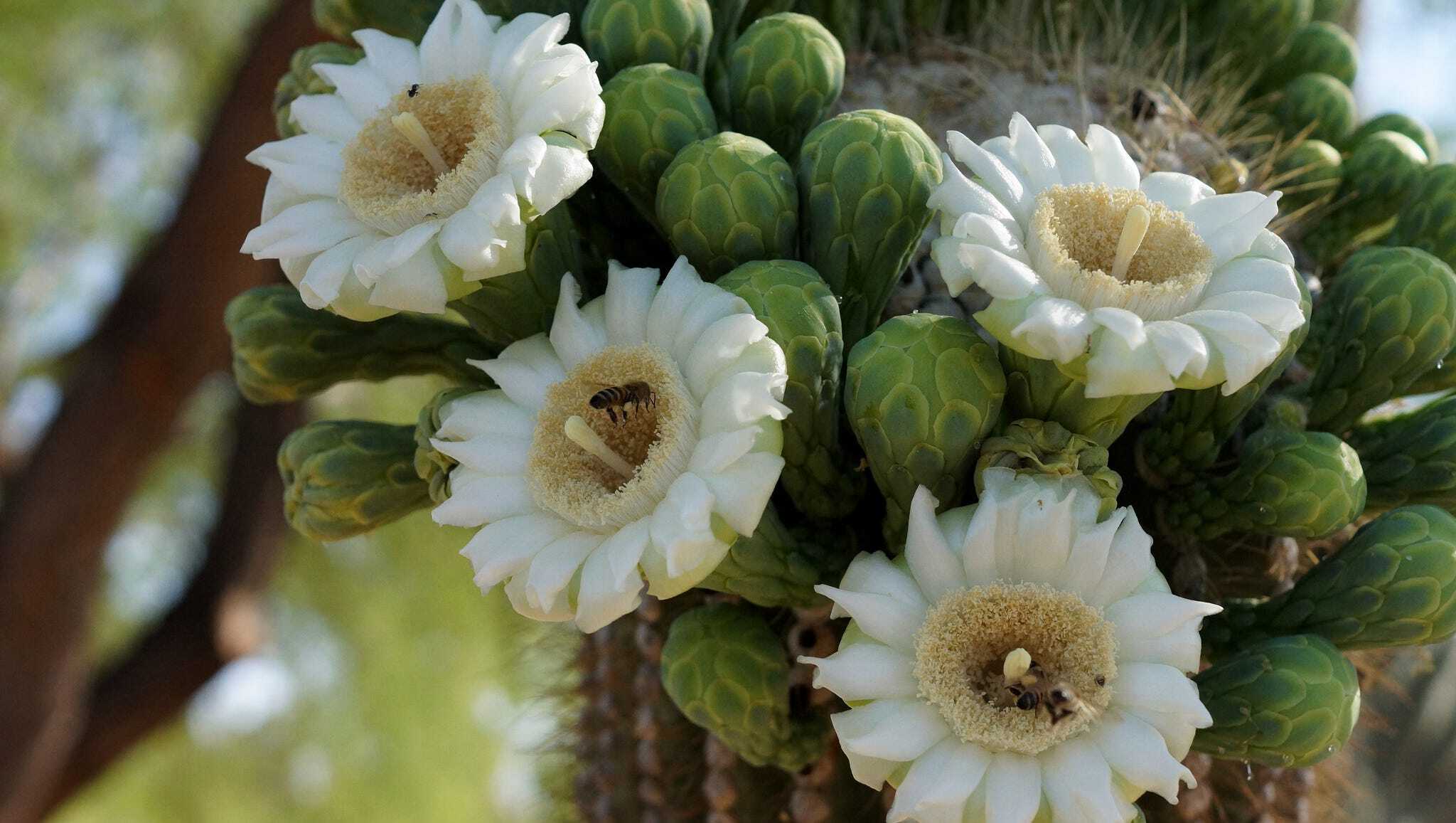
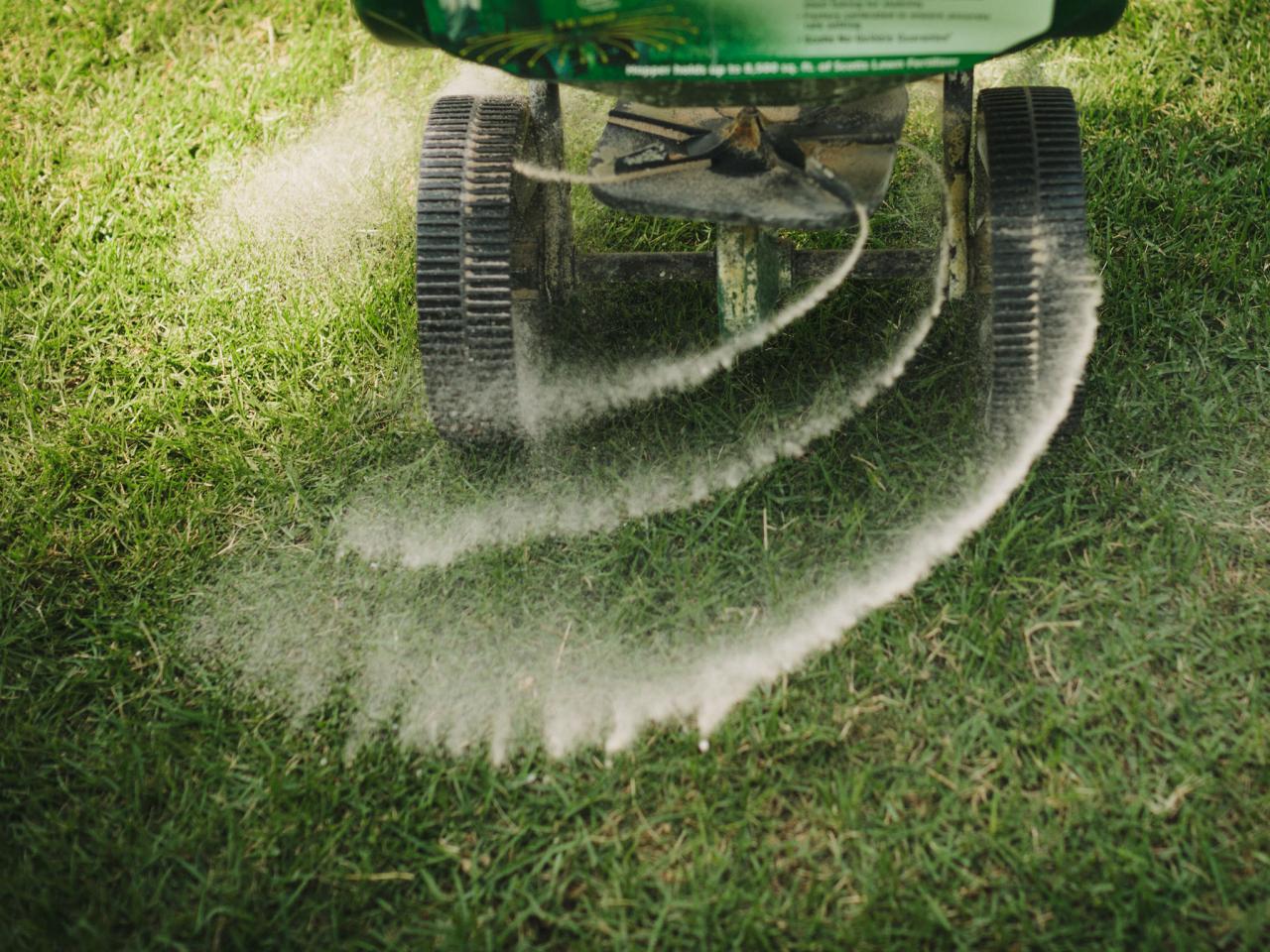
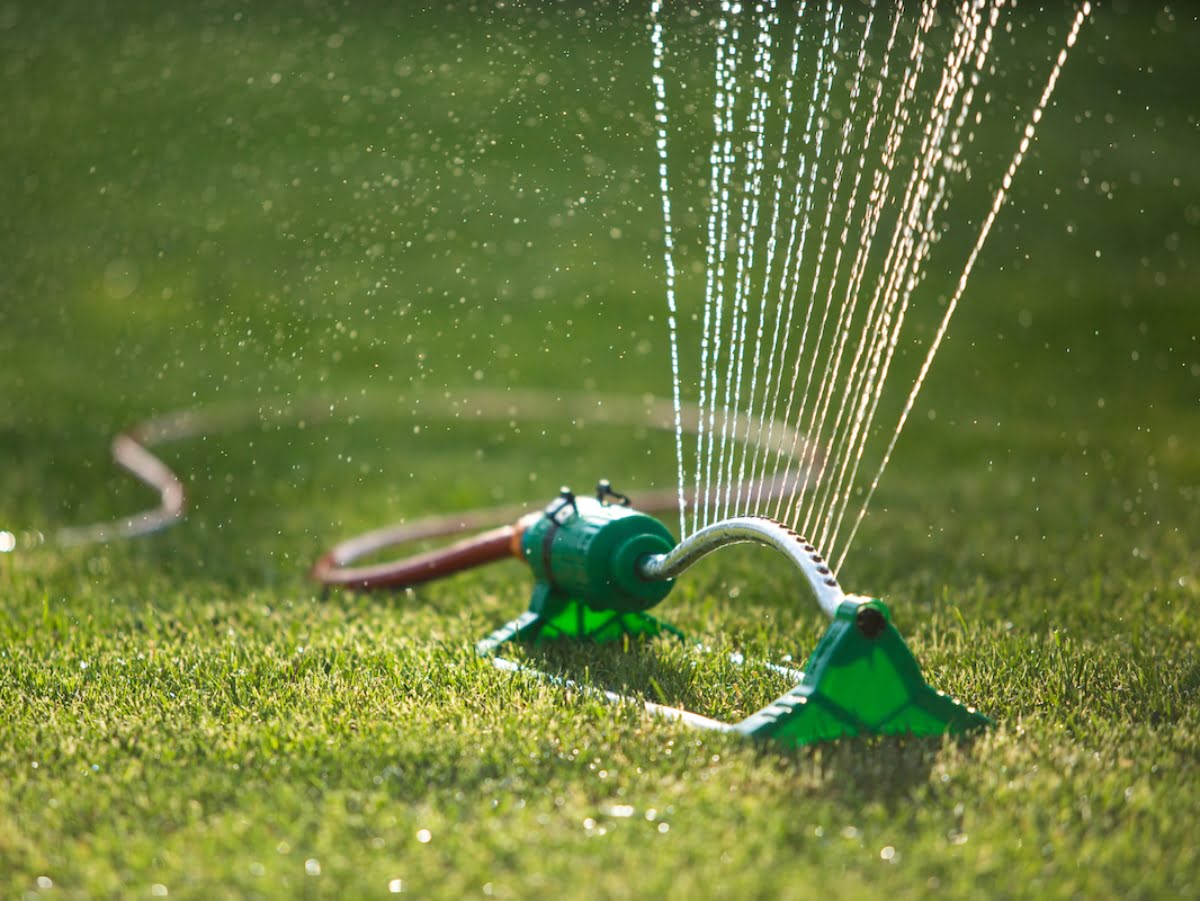
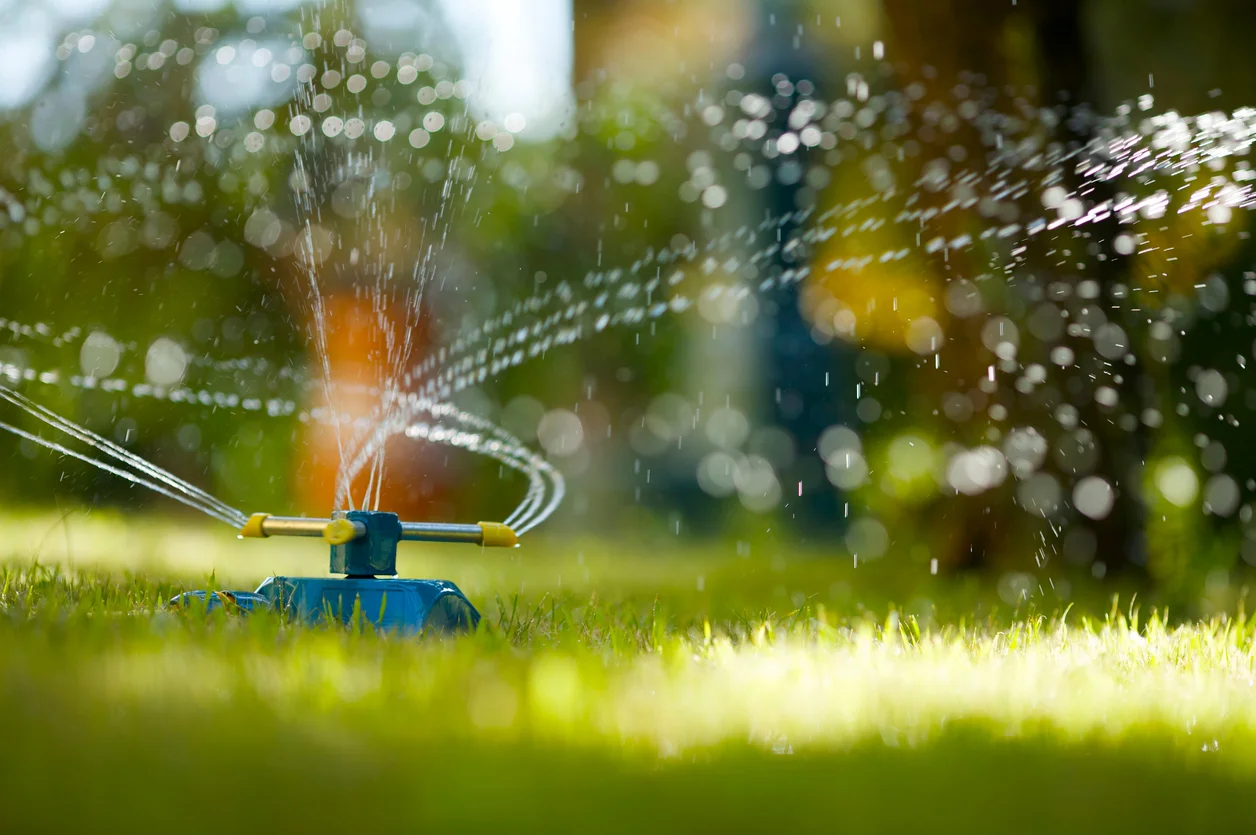
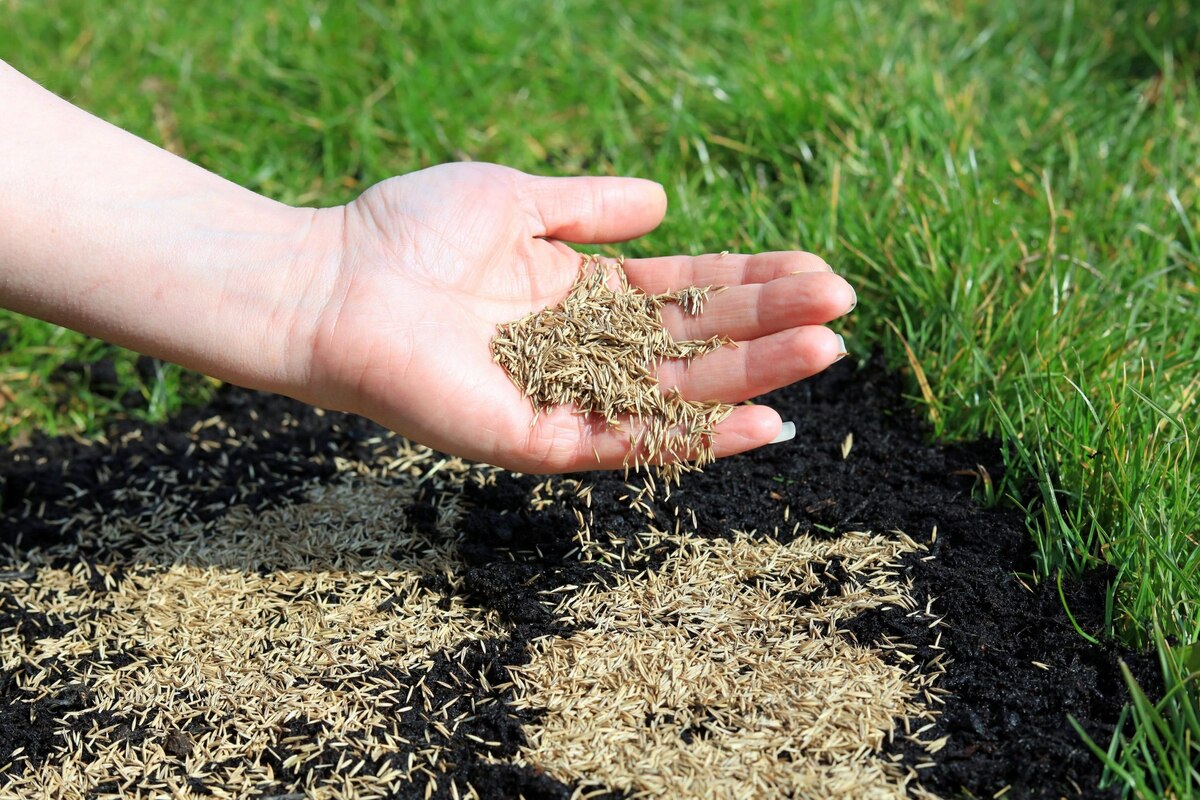


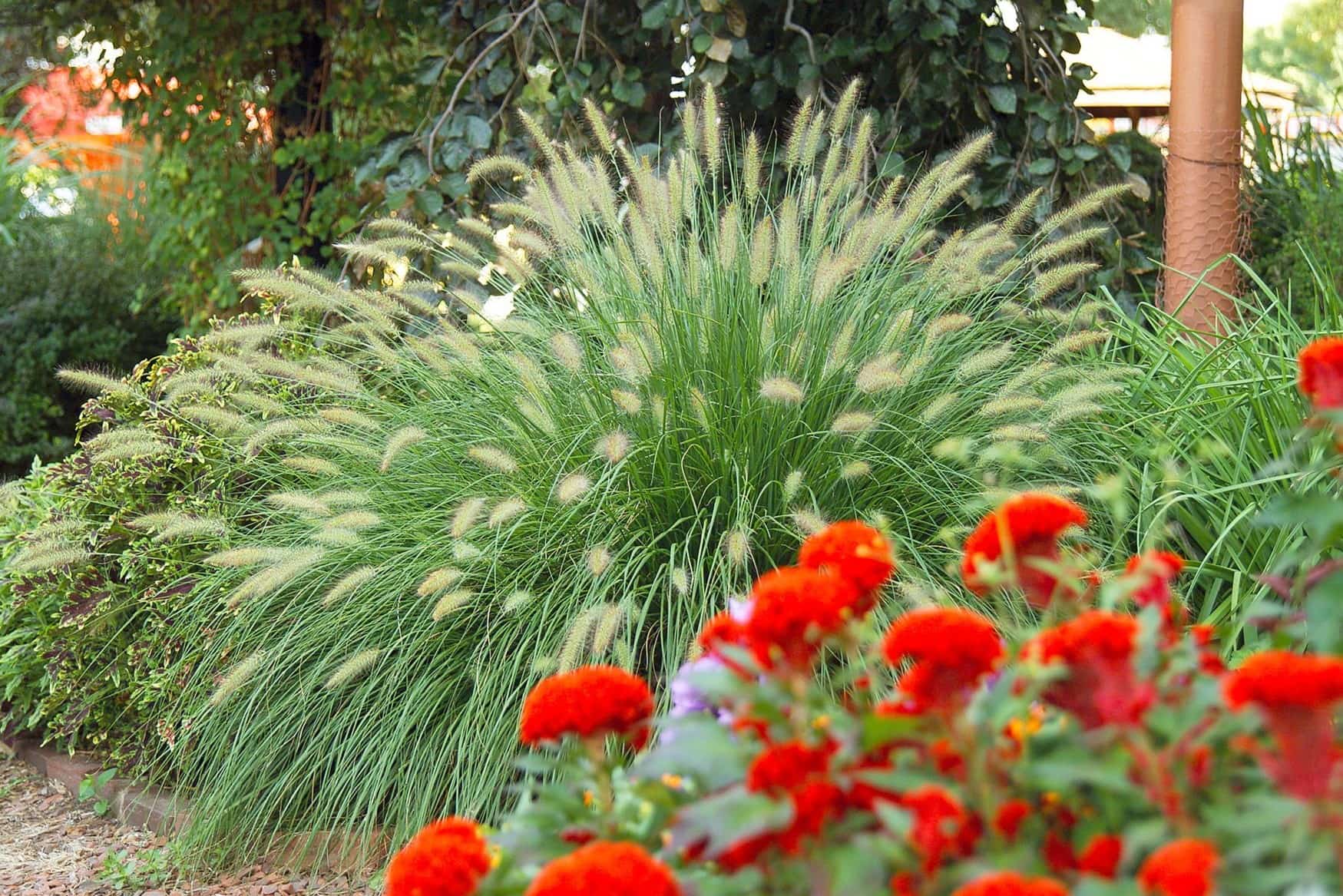

0 thoughts on “How To Plant Summer Grass In Arizona”